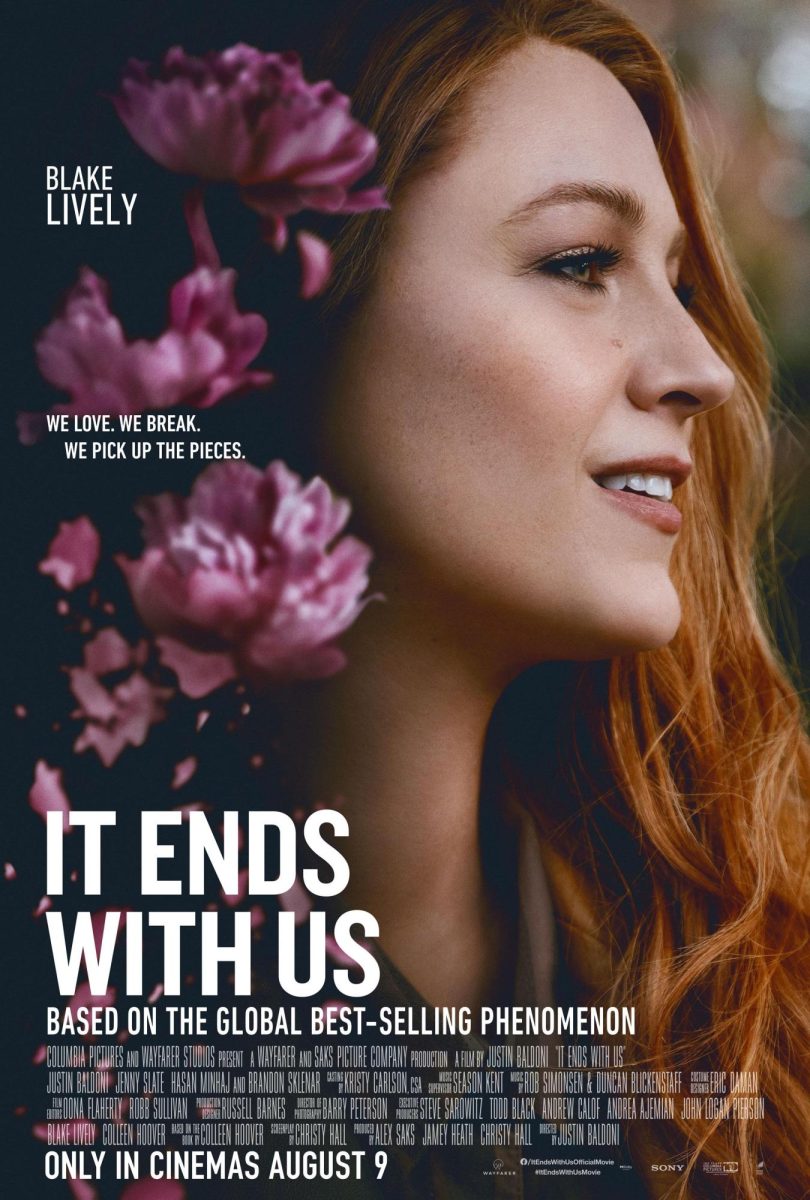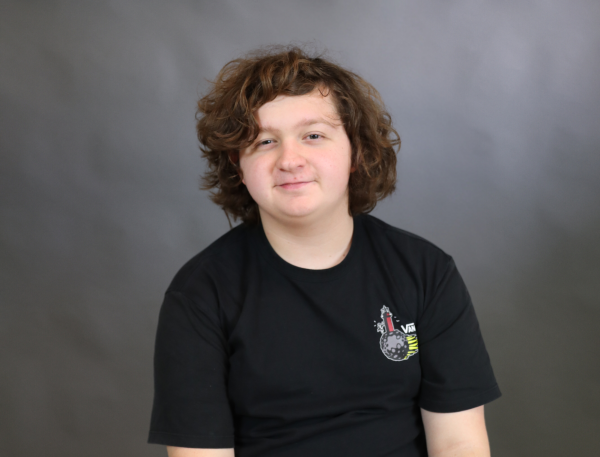PODCAST TRANSCRIPT
Hello everyone, welcome back to Global Transmission. I’m Connor, and today I’m talking about Frutiger Aero and other nostalgic art styles from the 2000’s and 2010’s. This is kind of a weird topic, but I find it very interesting so I think it’s worth an episode. When you think of art styles most used by corporations today, you probably think of the vibrant, yet soulless style used most often with the oddly-shaped people and the stretchy limbs. This style is almost universally hated. That’s why I’m going to talk about the styles of art that I really like.
Frutiger Aero is defined by its simplistic take on futurism. It utilizes light colors and 3D effects in most cases. Most people think of Microsoft products in the mid-2000s and early 2010s when they hear this term. Windows 7 was an operating system that was updated until 2020. The majority of the color pallet on this operating system consists of greens and blues. Websites dedicated to Frutiger Aero typically describe the aesthetic as being used from 2004 to 2013. It’s also quite common to see bubbles in renders of this style. I believe that’s to showcase the light reflecting off the bubble, which made the whole scene feel more glossy and smooth. Game consoles incorporated Frutiger Aero quite well. Think about the Xbox 360, PlayStation 3, or Wii user interfaces. They feel very charming and futuristic.
So what happened? Well, Windows 10 dropped the bubbly, three-dimensional iconography that 7 had. Everything became flat. The only upside of newer operating systems is that the color palette is quite a bit more refined than the earlier ones. There’s certainly more nostalgia out there for the technology of the early 2000s, but I find Frutiger Aero to be quite a nice thing to look at. The earlier version of this was usually called Blobjects. It’s called this because many normal items were designed into blobs or non-dynamic shapes. Most of these had translucent plastic with many different colors. Think about the see-through Game Boy, and the Nintendo 64 variant. I could make a whole separate episode on that, honestly.
Since it’s about a visual aesthetic, I don’t have very much to talk about in this episode. I just wanted to share my love for this visual style. I hope that some of you all appreciate this kind of thing as well. Thank you all for listening to this episode of Global Transmission, and I’ll see you all next time.






